Phenprocoumon is the active ingredient of Marcumar®. It is a chemical substance belonging to the group of coumarins. Representatives of this class of substances have anticoagulant properties, so that they are important as active pharmaceutical ingredients. They are used as a drug for thrombosis prophylaxis.
What is phenprocoumon?

In 1922, heavy bleeding cattle deaths were reported in North America. Ten years later the reason was found: spoiled sweet clover contains dicumarol, a breakdown product of coumarin. Coumarin itself is not toxic.
Only in the putrefaction process or under the action of mold is it converted into a highly effective derivative or dicoumarol. Compounds derived from coumarin (coumarin derivatives) are structurally similar to vitamin K, which is involved in the activation of various coagulation factors.
Factors II, VII, IX and X are synthesized in the liver and then converted into their coagulant form with the help of vitamin K
Pharmacological effect
In the presence of Phenprocoumon, a coumarin derivative, the supply of these coagulation factors is inhibited. The situation is like a lack of vitamin K.
One speaks of an antagonistic effect to vitamin K. Therefore phenprocoumon is suitable as an anticoagulant drug (anticoagulant). Phenprocoumon is the most frequently used coumarin compound in Germany and is contained in the drugs Marcumar® and Falithrom®. Coagulation is made more difficult when taking phenprocoumon and thus a thrombosis is prevented.
The coagulation process, as a vital process, is optimally coordinated in a healthy body. If this balance is disturbed, there is a risk that a thrombus (blood clot, blood clot) will block a blood vessel and thus trigger a thrombosis.
Medical application & use
To the events that one thrombosis promote, include slowed blood flow, as is the case with certain heart diseases or bed restraint, damage to the vessel walls, e.g. B. from medication or injuries, as well as an increased tendency to clot.
Phenprocoumon is used for therapy in patients after a heart attack, in heart diseases with poor pump function, in atrial fibrillation, after the insertion of artificial heart valves and after the implantation of vascular prostheses. It is estimated that around 300 to 500 thousand patients in Germany are treated with phenprocoumon for life.
The effect of Phenprocoumon does not start immediately after ingestion, but only after 36-72 hours. After stopping the drug, it takes 36 to 48 hours for the blood to fully clot. Vitamin K is suitable for neutralizing phenprocoumon, but not in an emergency, as the effect would be too long in coming. The only effective measure in such a case is the administration of blood or blood components that contain vitamin K-dependent coagulation factors.
The responsiveness to phenprocoumon varies from patient to patient. In addition, additional medication taken, but also the diet, influence the effect of phenprocoumon. The therapy must therefore be individually adapted and checked by a doctor. The coagulation inhibition is determined using a laboratory test. The International Normalized Ratio (INR) is determined.
Healthy people have an INR of 1. The value increases when taking Phenprocoumon and should be between two and 3.5, depending on the doctor's prescription. There are now devices that patients can use to determine their values at home after training.
Interactions
Although some foods are known to contain vitamin K, such as: B. in broccoli, cauliflower, spinach and Brussels sprouts, must be taken when ingesting Phenprocoumon these cannot be dispensed with.
Interactions with drugs are more critical. Some reduce the effect, such as B. Digitalis glycosides (heart preparations), anti-inflammatories or diuretics (water tablets). Regular alcohol consumption also has a reduced effect.
Other factors lead to an increase in the effect, such as acetylsalicylic acid (ASA, aspirin), allopurinol (for gout), various painkillers or broad spectrum antibiotics. In any case, the instruction leaflet should be studied and the intake coordinated with the attending physician.
Risks & side effects
The most common side effect resulting from the active principle during therapy with Phenprocoumon is an increased tendency to bleed.
It can often show up in the form of increased bruises (bruises, bruises), bloody urine or frequent bleeding from the nose or gums. Bleeding in the gastrointestinal tract is less common. In isolated cases, hives (urticaria), eczema or reversible hair loss have been described as side effects.
Phenprocoumon should not be taken if there is already an increased willingness to bleed or a pregnancy. In addition, stroke (apoplexy), untreated high blood pressure, severe liver disease and an increased tendency to fall due to the risk of extensive bruises are contraindications.

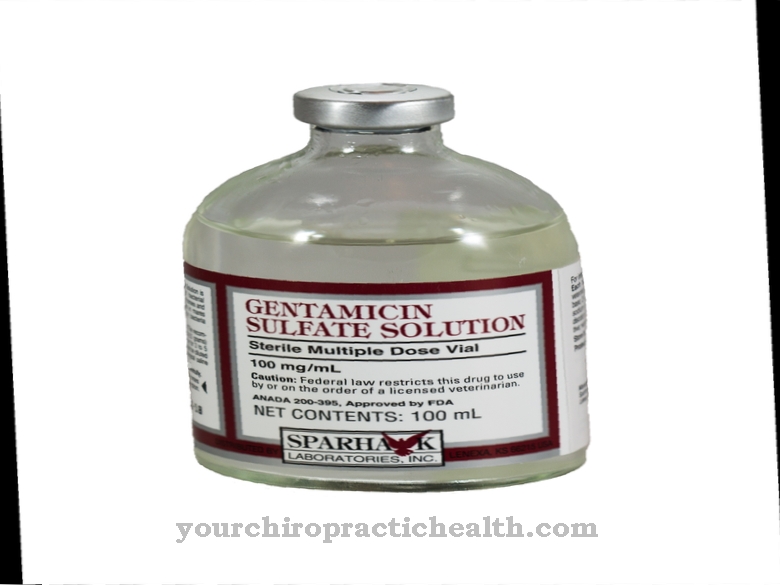
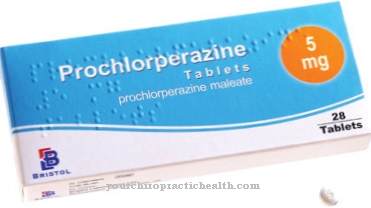
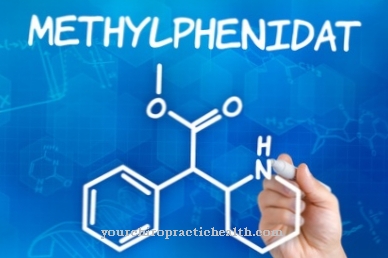
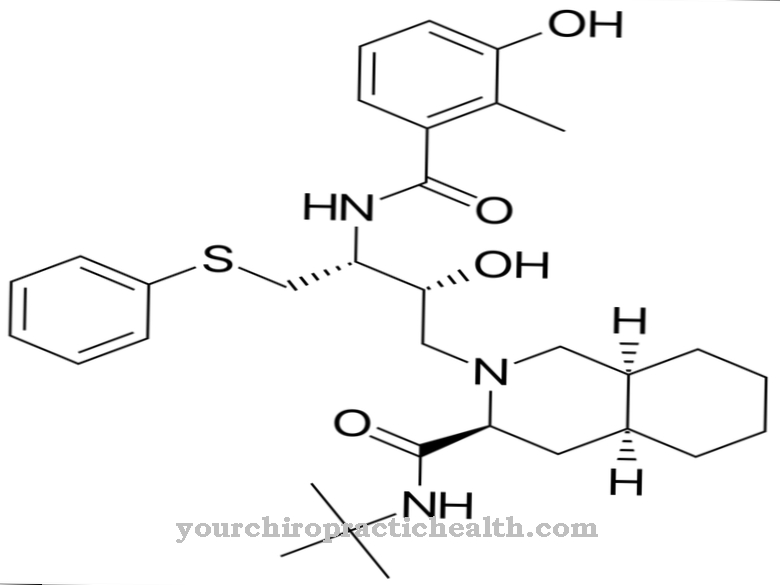

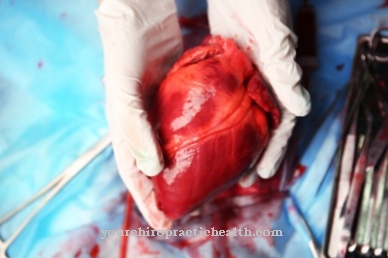






.jpg)

.jpg)
.jpg)











.jpg)